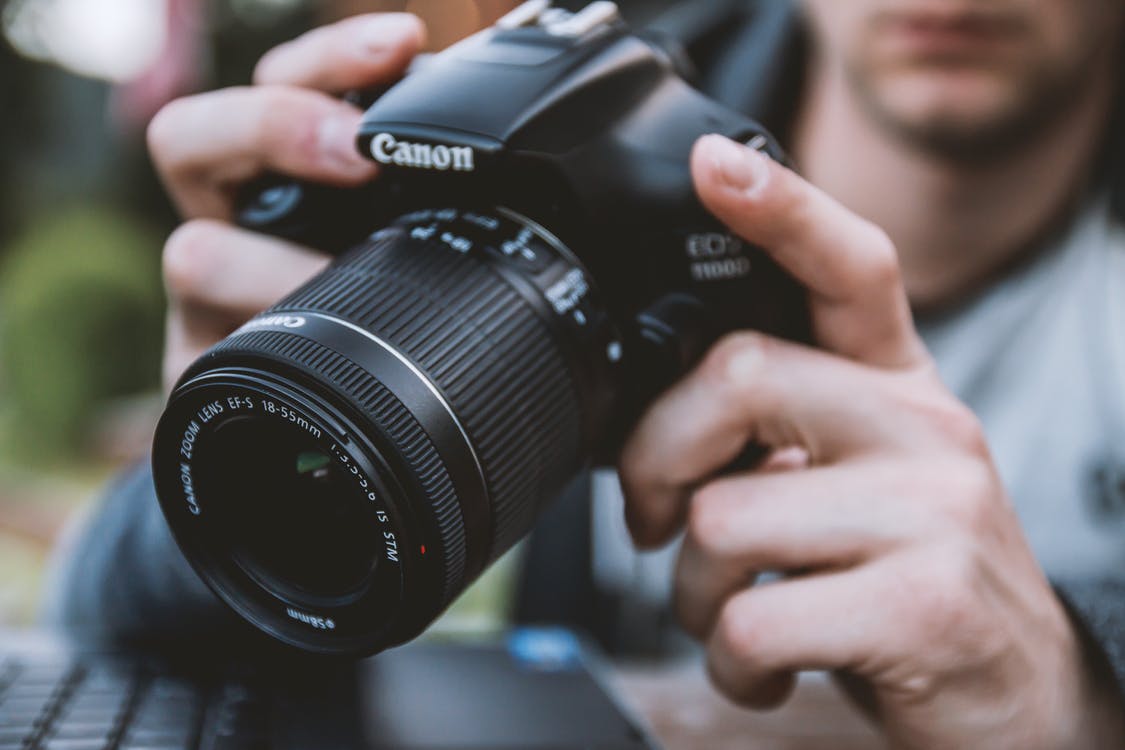
Everyone wants to make better videos. Everyone wants their work to jump off the screen and look as cinematic as possible. While there's no shortcut around learning how to shoot, edit and tell stories well in video, there are some quick ways to up your game once you have those skills down.
If you follow all our rules, like DMTC and the 5 shots, your work will look professional and will give you the building blocks to telling great stories, but Tobias Gleissenberger for Surfaced Studio has 5 quick tips to help you improve your videos even more.
The first tip from Gleissenberger is about lighting. It is important when you are shooting to make sure that your subject has plenty of light. While this doesn't mean that you have to carry around a light kit with you wherever you go (you shouldn't, no matter what anyone tells you) but you should take some time before you hit record to make sure that you are doing your best with the lighting that you have.
If you are working indoors this means that you should identify what natural and available light you have in the space and arrange yourself and your subject so that you maximize the light hitting them (especially their face). If you are outdoors this means surveying the scene and taking the same time to analyze the light, but you have to be careful about having too harsh lighting from the sun and having it directly hit your subject or your camera lens. Additionally, always make sure that whatever you are shooting isn't back-lit as this will cause them to be washed out and completely ruin your shot.
The next tip that Gleissenberger tackles is to go manual. While you can get some pretty amazing video while shooting in automatic, the best possible footage that you will get will be while shooting in manual. While learning the ins-and-outs of manual shooting and camera settings may seem intimidating at first, it is fairly simple to tackle with a little practice and will make your videos look so much better. If you can control the white balance, ISO, focus, and other settings you will be in full control and will be able to execute on your vision better than if you just left all those settings to the camera's sensor.
Next, is white balance. While again it's easier to just let the camera do the work and auto white balance you will get better footage consistently if you take the time to do it yourself. You don't have to do it before every time you hit record, but if you are in a new location, or the lighting changes drastically, take a moment to white balance so that when you are editing all of the colors in your shots match and you don't end up with an array of colors for the same subject and backgrounds.
The 4th tip is stabilization. While Gleissenberger suggest investing in some equipment like tripods, sliders, and gimbals there is really no need for that, especially when you are starting out. First off, you know our thoughts on moving the camera, but sometimes even when you are trying to take a stable shot, or a tracking shot, you are going to end up with some shaky or unstable footage. Luckily, all of the major editing softwares like Final Cut and Premiere Pro have integrated stabilization tools that can make your shaky footage look much better, and therefore much more professional.
Lastly is Gleissenberger's tip to take it easy on the color correction. A lot of times, if you followed our rules and Gleissenberger's tips you won't have to do any color correction, but the key with any color correction is that less is more. A lot of producers and editors, especially when they are starting out, have a tendency to do too much with color correction bringing up saturation to the point where nothing looks real anymore. They key is small and subtle adjustments to enhance your raw footage and not to completely change the look. If you are doing something major with the color, make sure that it has an editorial purpose and not just because you want it to look more "stylized."
Do you have anymore tips? Let us know in the comments.
Learn more about these topics with a membership with VJ. Check out plans here.


